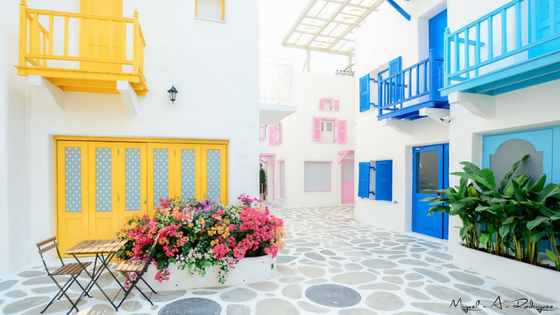
Cohousing or collaborative house, is a modern concept of homes with reduced surfaces for a bigger community space, and as its own name indicates, they are zones for sharing and collaborating in the community. In fact, this idea which was born in Denmark in the 60´s -where there is no horizontal division, but what really works is the Cooperative regime; it has been extending to other European an American countries, having consolidated as a lifestyle, and gathers -without going further-currently in Spain, with at least 30 Cooperatives functioning.
As they are Cooperatives, the property is shared among all the cooperative members, each user having a right to use, but not own it. Thus, if someone wants to sell that right, the Cooperative will appraise using the acquisition cost plus the legal interests, and will sell it to another user depending on that appraisal result. “Codigo Civil” is a law that regulates the “contract of use” or “right to use” in the Spanish law.

Hay diferentes tipos de Cohousing, donde los residentes pueden escoger y su propio modelo de convivencia -según su critero-, distinguiendo lo que son zonas privadas y las comunes, en función de su visión de estos entornos colaborativos. Por supuesto, también depende del perfil sociodemográfico de los usuarios. De hecho, la arquitectura y urbanismo de estos espacios son diseñados por los propios usuarios, en incluso el equipamiento de los mismos.
De entre las muchas activiades que se plantean en esas zonas comunes, podemos encontrar desde las más elementales como limpieza y gestión del edificio, hasta cocina comunitaria, salón de actos, guardería, enfermería, lavandería, gimnasio, etc. También varían bastante los entornos en los que se ubican, pudiendo ser desde las típicas viviendas plurifamiliares en ambientes urbanos, hasta casas unifamiliares en entornos más rurales. De hecho, muchos de los usuarios que apuestan por este modelo, lo hacen para huir de la contaminación y desarrollar una forma de vida más saludable.

Otro de los factores que hacen que este modelo esté proliferando, es el propio reto demográfico, del cual se habló anterioremente en otro artículo, y por tanto no voy a extenderme aquí sobre este asunto. Sin embargo y en relación a este nuevo estilo de vida, el Cohousing se ha convertido en una alternativa práctica y económica para un segmento de población que por circunstancias se encuentra en soledad, y buscan tener con quien compartir, haciendo ideal esto nuevo modo de convivencia.
De hecho, en España hay actualmente unas 10 Cooperativas de “Cohousing Senior”, y que a diferencia de las habituales residencias de la tercera edad, se basan en soluciones habitacionales que cubren sus necesidades de privacidad, pero que también les garantiza tener esa compañía de la comunidad, y por supuesto, tener acceso a servicios como el de enfermería 24h o seguridad y vigilancia. Además, existen modelos de financiación personalizados, donde a cambio de su propia pensión o gestionando incluso el alquiler de su vivienda, puede sufragar el coste de mantenimiento de este alojamiento.
On the other hand, the well-known difficulty for our youngsters is entering a house -either because of the lack of labour stability, geographical mobility or just because the lack of economic resources-, makes that new way of living more attractive. Being one of the population segments, together with elderly, goes along to Cohousing or collaborative houses.

So, as we have seen along this article, there are benefits for living in these new types of environments, some of which can be highlighted: practicality, efficiency, social and even environmental awareness. Thus, it seems reasonable that this new model of constructions is growing, due to all these factors mentioned above, are among the major concerns of the society, because they are threatening the sustainability of our current way of living.
